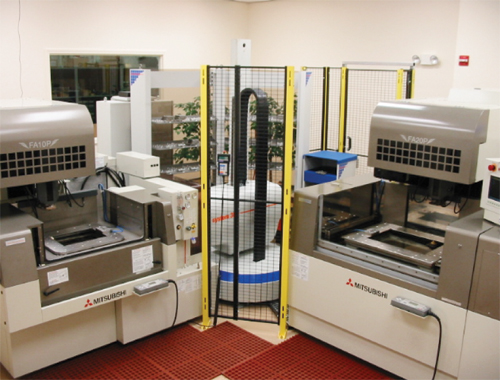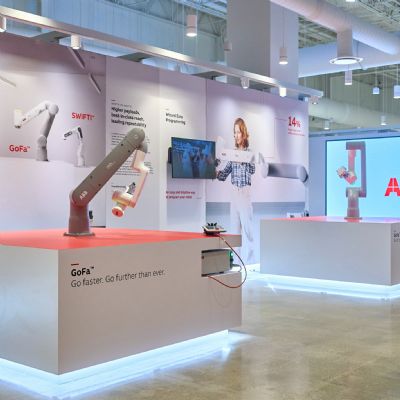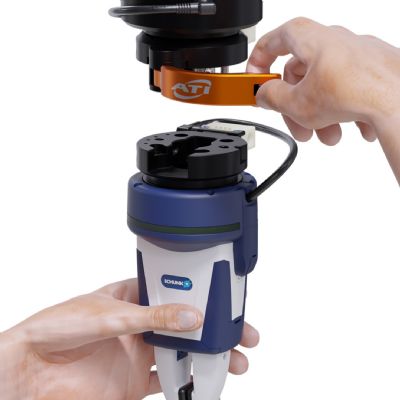As an example, toolroom manager Rich Wiess describes a die that the Wiegel toolroom built in 2008 for another stamper/customer. The 90-in.-long die comprises 18 stations and runs plated copper-alloy components for electrical circuit boards that go into automotive transmissions. When the customer began to struggle with quality and on-time delivery, Wiegel took the die back, added some proprietary technology and saw immediate returns —uptime was increased by 35 to 40 percent, due to improvements such as changing the tool coating and engineering new features to better contain slugs.
“Each month, we look at all of our active jobs and identify five sets of tools to focus on,” says Wiess. “We investigate all sorts of options to retrofit new features to the tools, to increase their efficiency.”
“This is a key benefit to maintaining an inhouse state-of-the-art toolroom,” adds Aaron Wiegel, company vice president. “We can conduct research and development projects and realize huge gains in productivity. If a press goes down for die maintenance, we need our toolroom to get us back up and running in 24 hr. or less. In addition, some of the design enhancements we have made to our dies are truly unique —I’ve never seen some of these enhancements outside of our shop. So, we can keep that intellectual property inhouse, incorporate it into new tools—for us and for our key customers—and also retrofit the technology into existing tools. Turnaround and technology are the keys.”
Hard Milling, Automated EDM
Wiess and his crew boast that “there’s nothing we can’t make here,” noting most importantly its investments made a few years ago in hard milling. Before hard milling, the toolroom would machine die steels soft and send components out for heattreat.
“Again, our biggest cost here is downtime in the pressroom,” Wiegel reiterates, noting that the toolroom doesn’t generate much profit, if any. But, its level of performance sure can make a difference in pressroom productivity and profitability. Inserts that might have once taken two or three days to pre-machine, heattreat and wire-EDM now are hard-milled, tapped and wire-cut in an hour or two.
The Wiegel toolroom performs hard milling primarily for new dies—punch plates and strippers, for example. Describing the benefits of hard milling, Wiess points to the process of counterboring for pilot holes as an example.
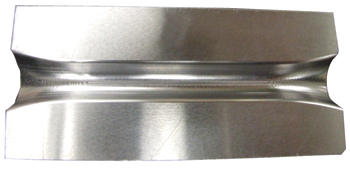
|
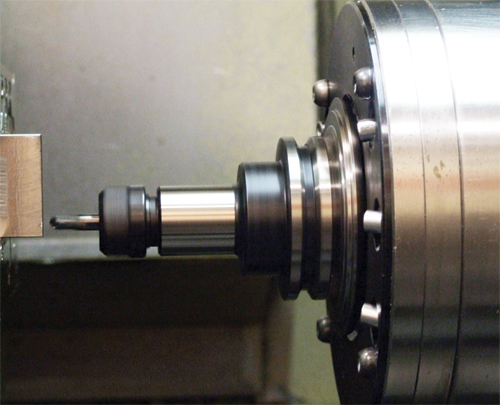 |
The Wiegel toolroom performs hard milling primarily for new dies—punch plates and strippers, for example. Inserts that might have once taken two or three days to premachine, heattreat and wire-EDM now are hard-milled, tapped and wire-cut in an hour or two.
|
“Before, the dimensions of the counterbores in a block would vary depending on how much the block bowed during heattreating,” says Wiess. “Then we’d put the pilots in and grind the heads, and have to mark the pilots so that they would go back in the same counterbore. Now, with hard milling, the counterbores are identical, which allows us to place inserts in any position in the tool. Also, if we make any die changes—adding stripper inserts, for example—we can hard-mill that out, add a few tapped holes, make the separate stripper insert and install it into the stripper.”
Adding a robot to its EDM department, to form a two-machine production cell, also fits the bill when it comes to on-demand replacement of tools for the Wiegel pressroom. “If we need to get an insert made ASAP for one of our presses that’s in production,” explains engineering manager Joe Manschula, “we can quickly fixture a block and immediately insert the job into the cell’s production schedule.”
The automated cell comprises two Mitsubishi EDM machines (an FA10P and FA20P) and a System 3R WorkMaster robot.
Waterjet Cutting and Other Lead-Time Reducers
What’s coming down the pike for the Wiegel toolroom? Most likely, the firm will add a waterjet-cutting machine in 2012, “to relieve capacity issues from our wire-EDM department,” says Aaron Wiegel. “We need to increase capacity, and it makes more sense to add a waterjet-cutting machine than a new EDM. We’ll use waterjet to rough-out tooling and carve large openings in the blocks, which ultimately will reduce cycle times even more than they already have shrunk.”
Lead-time reduction has many faces at Wiegel, beginning with an investment made in 2005 into new 3D solid-modeling die-design and simulation software—Siemens’ NX. It also has standardized on die-plate thicknesses and tool steels.
“When die-design drawings are approved,” says Manschula, “rather than ordering blocks of steel from our suppliers, we can keep on hand large steel plates, cut them to the size specified and store remnants for future use. The plate then would be squared up and ready for tapping, minor machining, heattreat, and a final skim pass on a wire-EDM machine.”
Wiegel was, back in 2003, a beta site for NX and Siemens’ optional Progressive Die Wizard module. The module significantly reduces modeling time from hours to minutes, says Wiegel, and also displays strip-layout simulations for immediate feedback when making design and process changes. Design time, he says, was reduced by about one-third when the software became fully functional, and his pending investment in waterjet cutting is expected to reduce lead times by another 15 to 20 percent.
“Waterjet cutting will increase the speed at which we execute roughing cuts,” says Wiegel, “by a factor of 10 to 15 when compared to EDM.”
“The we do it now,” adds Wiess, “adds three to five days to our lead times by the time we order material after having received a final die design. Then we have to pay for squaring of the blocks. Waterjet will eliminate that process, and our heattreating costs will drop, since we pay by the pound.”
Not only will faster turnaround of new dies help its own pressroom, but Aaron Wiegel finds that customers are getting used to paying a premium for speed. He counts about 20 key stamping customers that source his company for tooling.
“We see OEMs dragging their feet when launching new programs, for a number of reasons,” he says, noting that while a project’s launch date may get delayed, the date of first-part off rarely if ever moves accordingly. “When this happens—and it happens quite a lot—the quoted lead times of our customers can shrink by as much as 60 percent, and they often must pay expediting fees to meet the original target date. If we can continue to reduce our lead times to help our customers meet their goals, that makes us that more attractive.” MF
See also: MC Machinery Systems, Siemens Industry, Inc.
Technologies: Coil and Sheet Handling, Cutting, Finishing
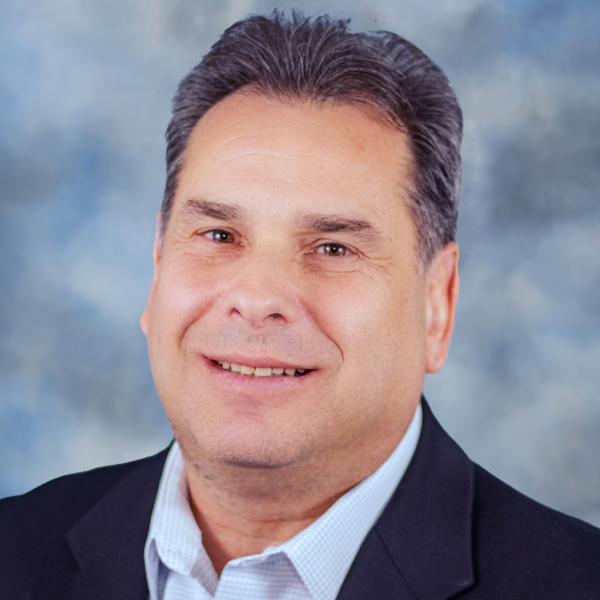 Brad Kuvin
Brad Kuvin





